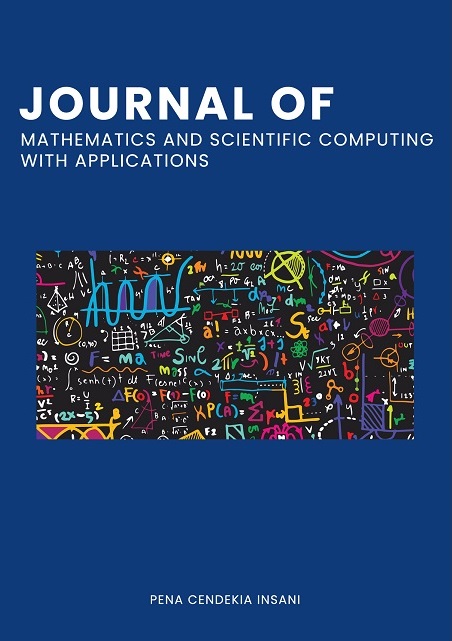PREDICTION OF WASTE GENERATION USING A LOGISTIC GROWTH MODEL IN DELI SERDANG
DOI:
https://doi.org/10.53806/jmscowa.v4i1.968Keywords:
Growth, Logistics, MAPE, Prediction, TrashAbstract
The increase in population growth in a country has a negative impact on environmental pollution, especially the emergence of waste production with human activities to meet their needs. The application of the logistic method is a non-human object, namely waste generation which has a different concept in terms of its growth by using differential equation calculations. This research aims to predict the amount of waste generation in Deli Serdang Regency in the upcoming period of 2024 to 2028. The data used is secondary data from the National Waste Management Information System (SIPSN) analyzed to understand the pattern of waste growth. The analysis results show that the logistic I model has the best prediction accuracy with a Mean Absolute Percentage Error (MAPE) value of 3.18%, indicating a low error rate. The amount of waste generation in Deli Serdang Regency is projected to continue to increase every year until it approaches maximum capacity. In 2024, the amount of waste generation is estimated to reach 439,363.19 tons. In addition, in 2025 it was 447,529.07, in 2026 it was 455,846.2 tons, in 2027 it was 464,318.50 tons, and 472,948.002 in 2028. These projections provide a realistic picture of growth dynamics.













